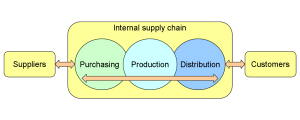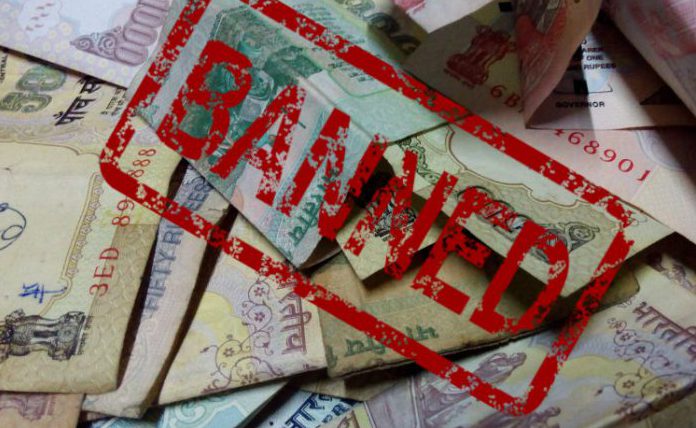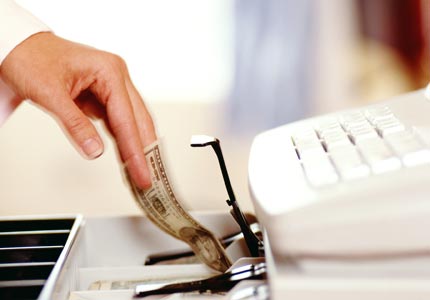A restaurant Point of Sale (POS) software has become inevitable in modern day restaurant management. In these challenging times, when COVID-19 has forced us to adopt to the new normal, digital is the way going forward. When compared to the legacy systems, the modern day digital restaurant POS softwares offers the flexibility of operating from anywhere.
As per the research conducted by Oracle, more than three quarters (78%) of restaurant operators cite the benefits of POS mobility as the top reason to upgrade their technology capabilities. However, there are certain dos and don’ts that need to be followed while choosing the right POS platform for your restaurant.
1.Do: Define your business requirements, Don’t : Leave your needs to the imagination of the software provider
The needs and requirements of each restaurant vary according to the segment in which you are operating. For eg. the requirements of a fine dining restaurant will be entirely different from that of a Quick Service Restaurant (QSR).
Hence the first and the foremost factor is to understand and document the needs and requirements specific to your restaurant. Detailing of the key areas that are necessary for your establishment such as billing and accounting, loyalty schemes, feedback system etc. will make the job of the software firms much easy. With digital, cloud based POS platforms such as inresto POS , you can manage multiple functions such as billing, tracking order queues, customising offers and assessing reports in a single platform.
2. Do: Research on the software vendors, Don’t : Rely on a single vendor
Approach a couple of software companies providing POS software and try to get the contact details of some clients. Collecting feedback from those clients will help you know more about various aspects such as the quality of the software, demonstration and training offered, after sales service and many other factors.
Never make the mistake of relying on a single vendor, as there are chances that they may charge exorbitant rates and provide poor after sales service. Hence make a comparison between different vendors in terms of multiple parameters and choose the one that fits your restaurant’s needs.
3. Do : User friendly interface, Don’t: Focus on your convenience
While developing the user interface of your POS system, always make it a point to make it as user friendly as possible for the customers. In these pandemic times, customers prefer to book their seats in advance to avoid the rush at restaurants.
If the software interface is not user-friendly, there are chances that the customers might look for a better option. Another area is that of loyalty programs as diners check their points and redemption options in the application. Keep the program as simple as possible that even a layman can easily understand the program. Hence always think from the viewpoint of customers while designing the software interface.
4.Do: Be cost effective, Don’t : Settle for low-cost options
Spending money on your restaurant’s POS system is a long-term investment that brings enormous benefits. Never go for a low priced, legacy software platform providing features that are outdated.
Within a couple of months of installing the software, you might have to spend additional money for upgrading the features. Hence invest in a POS system that offers all the sophisticated features, real-time processing and simple-to-use interface. As per BFSI.com, post the outbreak of Covid-19, digital payments have grown by 106% and the highest adoption of digital payments was seen in the Food and Beverage sector (25%).
Imagine installing an outdated restaurant software that doesn’t accept digital payments. It can badly affect your business and profits in the long run. Hence choose a state-of-the-art POS platform that offers all the latest features and gives you a clear edge over competitors.
Parting Words
A modern day digital POS system is the need of the hour, as customers have become more demanding than ever. Due to the challenges posed by COVID-19, social distancing has become the norm and you can afford to make the customers wait in long queues at the billing counter.
The above 4 factors discussed above will be of great help while choosing the right POS platform for your restaurant.




